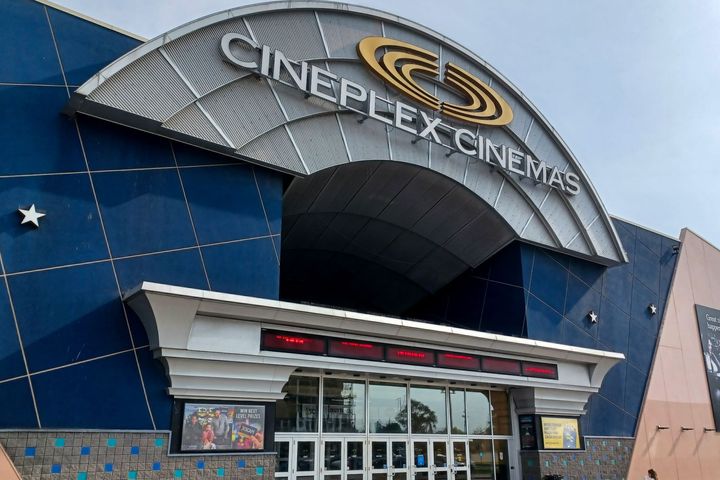Nobu officially opens in Toronto and already has reviews flying in
Following the much-anticipated opening of Nobu's inaugural Canadian location in Toronto, the world-renowned restaurant chain is already drawing lots of reviews.
The thrill was palpable the city over when international Japanese restaurant chain, Nobu, announced they'd be opening in Toronto in early August 2024.
Less than a month after opening their doors officially, though, Nobu Toronto is already drawing a number of reviews, ranging from folks praising the much-celebrated 'Nobu-style' cuisine and swanky design to others — some who have visited the restaurant and some who have not — voicing their criticisms.
One Google reviewer takes to the site with a lengthy review, breaking down each and every detail of the over $100-meal they had at Nobu.
The verdict?
A selection from one review criticizing Nobu Toronto.
"The Toronto location has been the most disappointing one in terms of food by far," the reviewer writes.
A review of Nobu Toronto.
While a strong majority of positive reviews outnumber the critical ones, celebrating the now-iconic dishes popularized by scores of celebs over the years, the reviewer isn't alone in critiquing the quality and presentation of the food on offer at Nobu Toronto, as well as the general experience.
Interestingly, though, a larger proportion of the restaurant's less-than-stellar reviews is being derived not from the food or service at the restaurant, but from the noise it emitted during the early days of its operation.
A review of Nobu Toronto.
According to a number of one-star Google reviews, a noisy exhaust vent attached to the restaurant has been blasting since well before the restaurant opened, creating a loud noise that one resident of a neighbouring building likens to that of a "jet engine taking off."
One review of Nobu Toronto.
Another reviewer claims that, when they raised their concerns about the noise with Nobu management, they were simply told to reach out to 311 Noise Enforcement for an investigation if not outright ignored.
One review contains dB measurements and videos of the noise.
"Disappointed in how Nobu management has carried themselves," one reviewer writes. "Instead of taking upon themselves to investigate, they ignored residents' complaints. Thankfully, MLS and Noise Enforcement is now involved."
According to a publicist for the Madison Group, the property management that represents the Nobu space, though — as well as the fact that seemingly no complaints have been issued in a number of weeks — the issue was swiftly dealt with, and the restaurant's neighbours are sleeping soundly once again.
In spite of all the criticism, Nobu Toronto continues to draw diners by the dozen, earning itself a slew of glowing reviews both on Google and across social media.
Want to try Nobu Toronto for yourself? You can visit them at 25 Mercer Street — if you can manage to get a reservation, that is.
Fareen Karim
Latest Videos
Latest Videos
Join the conversation Load comments







